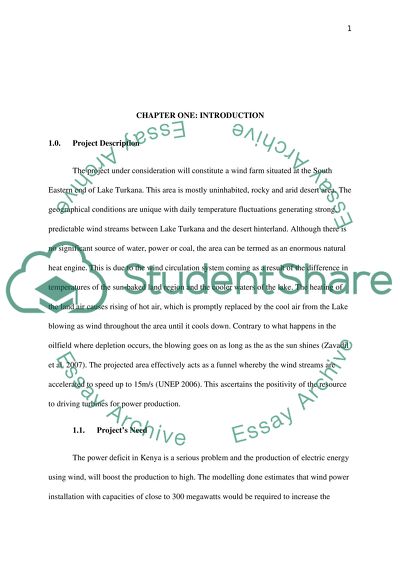Cite this document
(“Environmental Impact Assessment (EIA) for a Wind Power Production Research Paper”, n.d.)
Retrieved from https://studentshare.org/environmental-studies/1395547-environmental-impact-assessment-eia-for-a-wind-power-production-project-in-turkana-area-of-kenya-east-africa
Retrieved from https://studentshare.org/environmental-studies/1395547-environmental-impact-assessment-eia-for-a-wind-power-production-project-in-turkana-area-of-kenya-east-africa
(Environmental Impact Assessment (EIA) for a Wind Power Production Research Paper)
https://studentshare.org/environmental-studies/1395547-environmental-impact-assessment-eia-for-a-wind-power-production-project-in-turkana-area-of-kenya-east-africa.
https://studentshare.org/environmental-studies/1395547-environmental-impact-assessment-eia-for-a-wind-power-production-project-in-turkana-area-of-kenya-east-africa.
“Environmental Impact Assessment (EIA) for a Wind Power Production Research Paper”, n.d. https://studentshare.org/environmental-studies/1395547-environmental-impact-assessment-eia-for-a-wind-power-production-project-in-turkana-area-of-kenya-east-africa.


